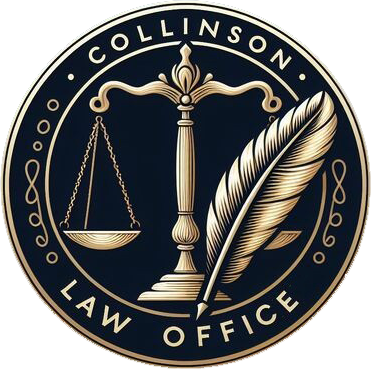Lifetime and Estate Planning
Lifetime and estate planning is designed to provide seamless security and benefits throughout your and your family’s lives, no matter what life brings your way. Fortunately, most of us live our lives without any significant disruptions, but we all know that those disruptions do occur. Having proper planning in place can yield a great bit of comfort through knowing you and your family have the tools in place to get you through any of life’s events.
The first part of lifetime and estate planning consists of designing, drafting and properly executing a set of planning documents. This typically involves healthcare documents, powers of attorney, at least one trust, a last will and some ancillary documents regarding memorial wishes and personal property distributions.
The second part of planning is one that many attorney’s fail to stress or clients fail to follow through on. That simple but impactful omission is the “funding” of the planning that has been done. In planning today, a trust is the centerpiece of your entire planning scheme. Your trust holds your assets, so that first you and then your backup Trustees can have immediate and unfettered access to use your assets for your benefit. Many times every year clients come to our office believing that they have an adequate and functional estate plan already in place, only to find out that all their planning would have failed because they did not “fund” their trust(s) with legal title to their assets. At Collinson Law, our services include us working with you, your HR Department and/or your financial planner, in following through with proper funding of your planning scheme and trust(s).
Key Components of a Lifetime and Estate planning document suite include:
HealthCare Documents
HealthCare Documents empower your named people (your “HealthCare Proxy“) to make decisions regarding your medical care, based on your wishes, when you are unable.
Powers of Attorney
Powers of Attorney empower your named people (your “Agent”) with authority over your assets, as well as many other optional transactional powers. These powers may be effective immediately (a shared power) or upon some condition, such as your disability.
Revocable Trusts
Revocable Trusts are essential to contemporary lifetime and estate planning. Trusts allow for a seamless transition of control over your assets, during all the circumstances that life may present. While you are alive and well, you and maybe a Co-Trustee are in control of providing you the benefits of your trust-owned assets. If you are alive but not well, either through disability, injury, illness or other incapacity, your back-up Trustee takes over providing you benefits from your trust assets. Ultimately, when the creator of a trust (the “Grantor”) passes away, the people named by the Grantor are empowered to settle your estate and distribute your remaining trust assets as per your stated wishes. Revocable trusts are very flexible and may be amended or altered by the Grantor during their lifetime.
Last Wills
Last Wills are the documents with which we are most familiar. Up until a few decades ago, the Last Will was the primary estate planning document. Today, with the focus on lifetime and estate planning, the Last Will is used as a supplement to the Revocable Trust as a planning instrument. Contemporary Last Wills are used as a back-up to the trust, directing that any property not already owned by the trust is to be transferred to the trust through the authority under the Last Will. While we do everything we can to be sure our clients have properly transferred everything that a trust can own to the trust, there are occasionally assets that are missed or come afterwards and end up outside the trust. This is where the Last Will would typically used.
Irrevocable Trusts
Irrevocable Trusts are powerful tools for asset protection and preservation, but are not suitable in all circumstances. The transfer of an asset to an Irrevocable Trust is a permanent transfer. Depending upon the type of Irrevocable Trust and its purpose, when you transfer your asset to such a trust, it is no longer yours and no longer available for your benefit. Where in the case of a Revocable Trust, an asset can be taken back out, with an Irrevocable Trust it cannot. It is most important to thoroughly discuss the pros and cons of this type of trust with an experienced attorney.
Personal Property Memorandum
A Personal Property Memorandum consists of your directions on how you would like specific items of personal property to be distributed after you are gone. Personal property is distinguished from other property in that it is not a “titled” asset; meaning it is not like a bank account or real estate, as these accounts have ownership or “titling” recorded with a financial institution or government agency. The Memorandum could include a division of jewelry, tools, artwork or any other non-titled asset.
Memorial Memorandum
A Memorial Memorandum is a document used to provide guidance to those left behind. It contains your wishes and instructions regarding what you would like to happen after you have passed. Your Memorandum would typically include your wishes regarding burials, memorials and obituary information. While many family members may be fully aware of your wishes in this area, we find that these directions from you are found to be of great comfort and support at a time when they are very much needed.
Contact Collinson Law for more information on Lifetime and Estate Planning or to make a consultation appointment.
